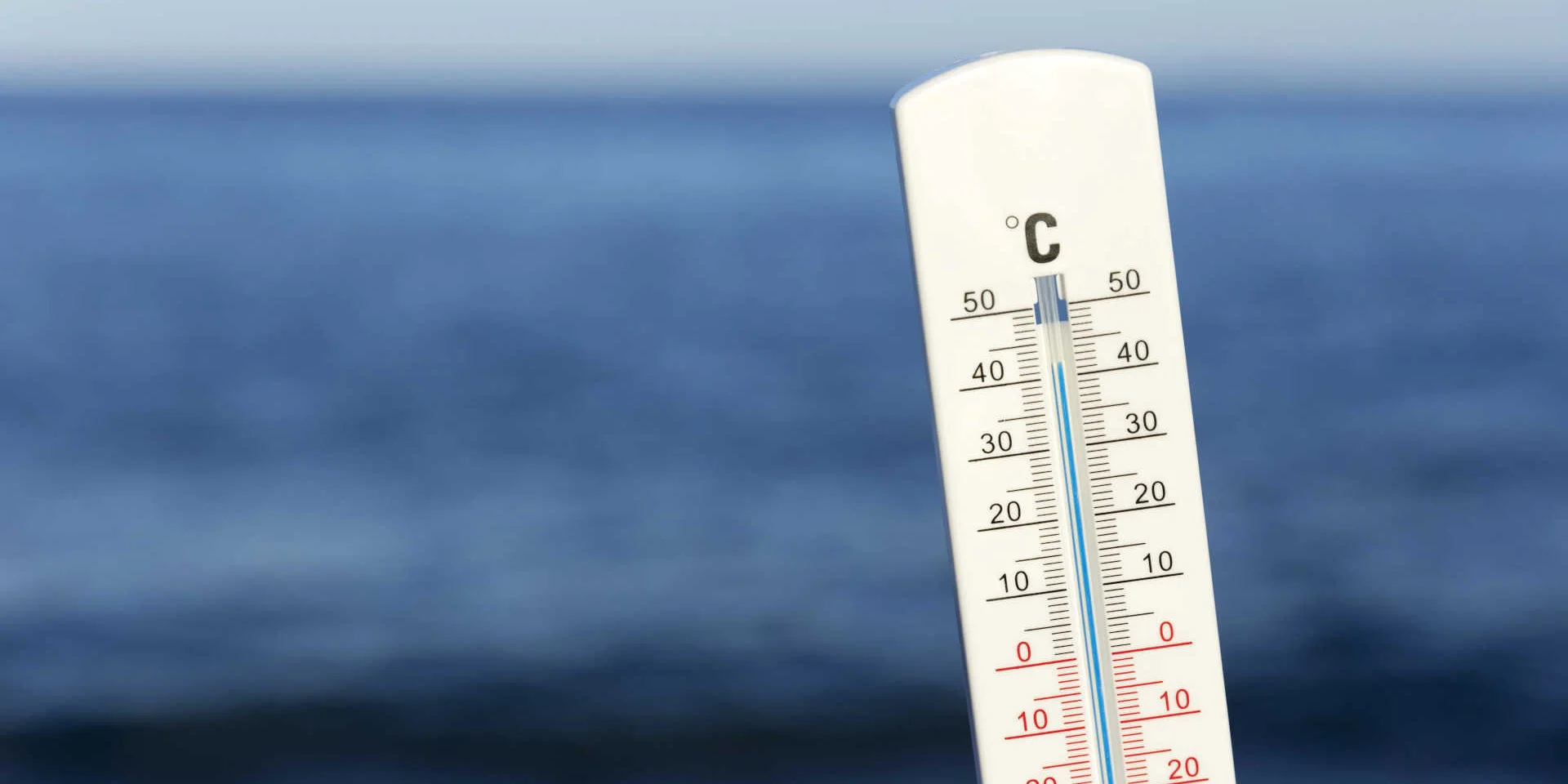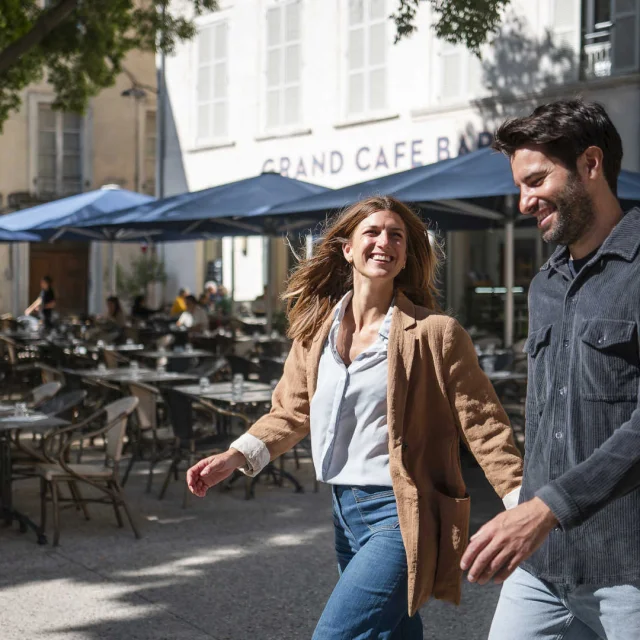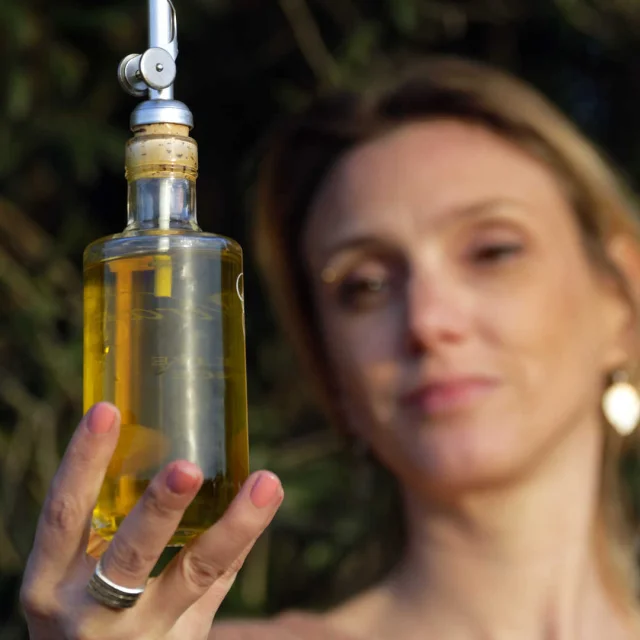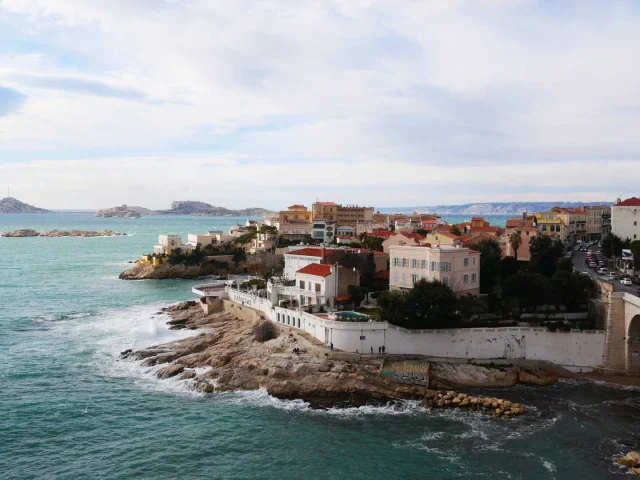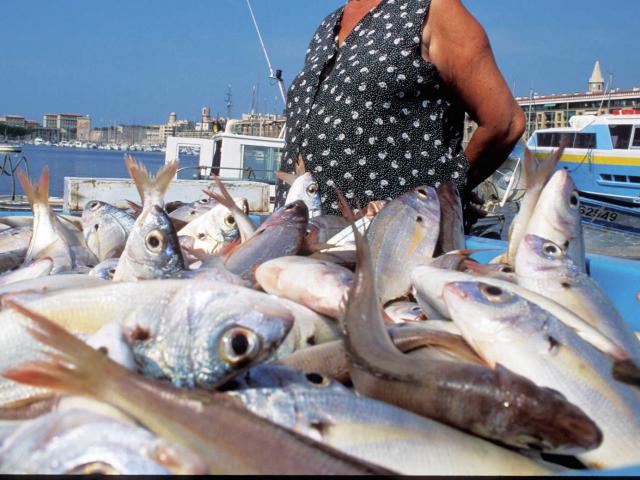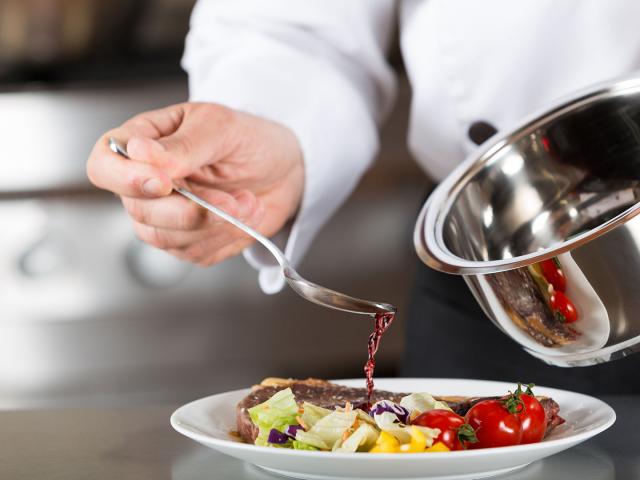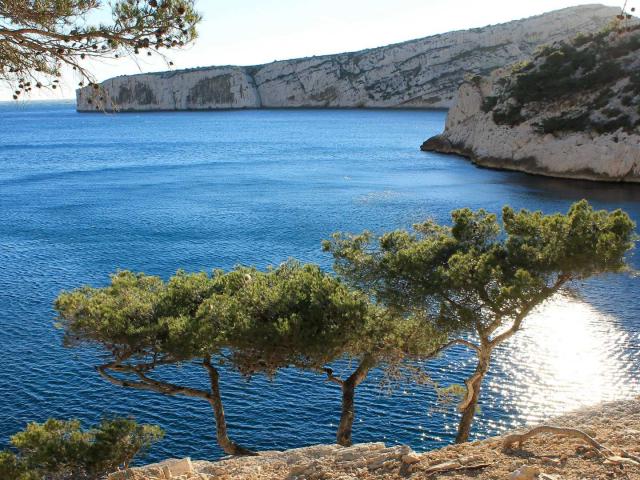The limit between North and South
This is a debate that divides even more than the one between pain au chocolat and chocolatine (weeell…): where does the South of France really start? And more, where does the North end? It all depends on where you are… and your tolerance of temperatures below 15°C. If you ask a Lillois, not a second’s hesitation: when you’ve passed Paris, it’s the great south. So, let’s be generous, let’s say Orléans for the more indulgent. On the contrary, a Dijonnais, a little more subtly, will explain the southern part of France starts just below Lyon. But our Marseillais will absolutely not agree on this: for them, to the north of Montélimar, well that’s the north – full stop. You can almost hear certain purists pushing the pastis cork further and locating this famous border north of Avignon. Finally, the limit between north and south is a bit like the difference between a blue and a white dress: vague, subjective, and ready to start never-ending arguments. So, maybe the real south is just a question of state of mind… and guaranteed (or almost guaranteed) sun all year round!
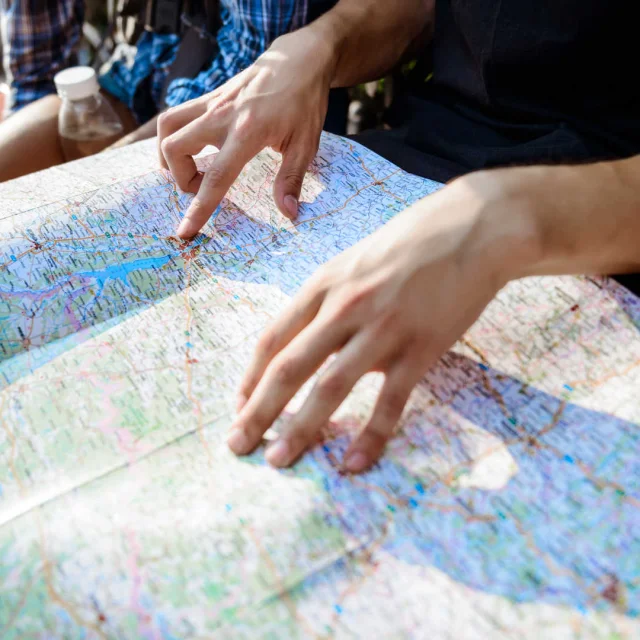 Finding your bearings with a road map
Finding your bearings with a road map
